Home>Maintenance & Safety>Child & Elderly Safety at Home>How To Teach A Baby To Use A Sippy Cup
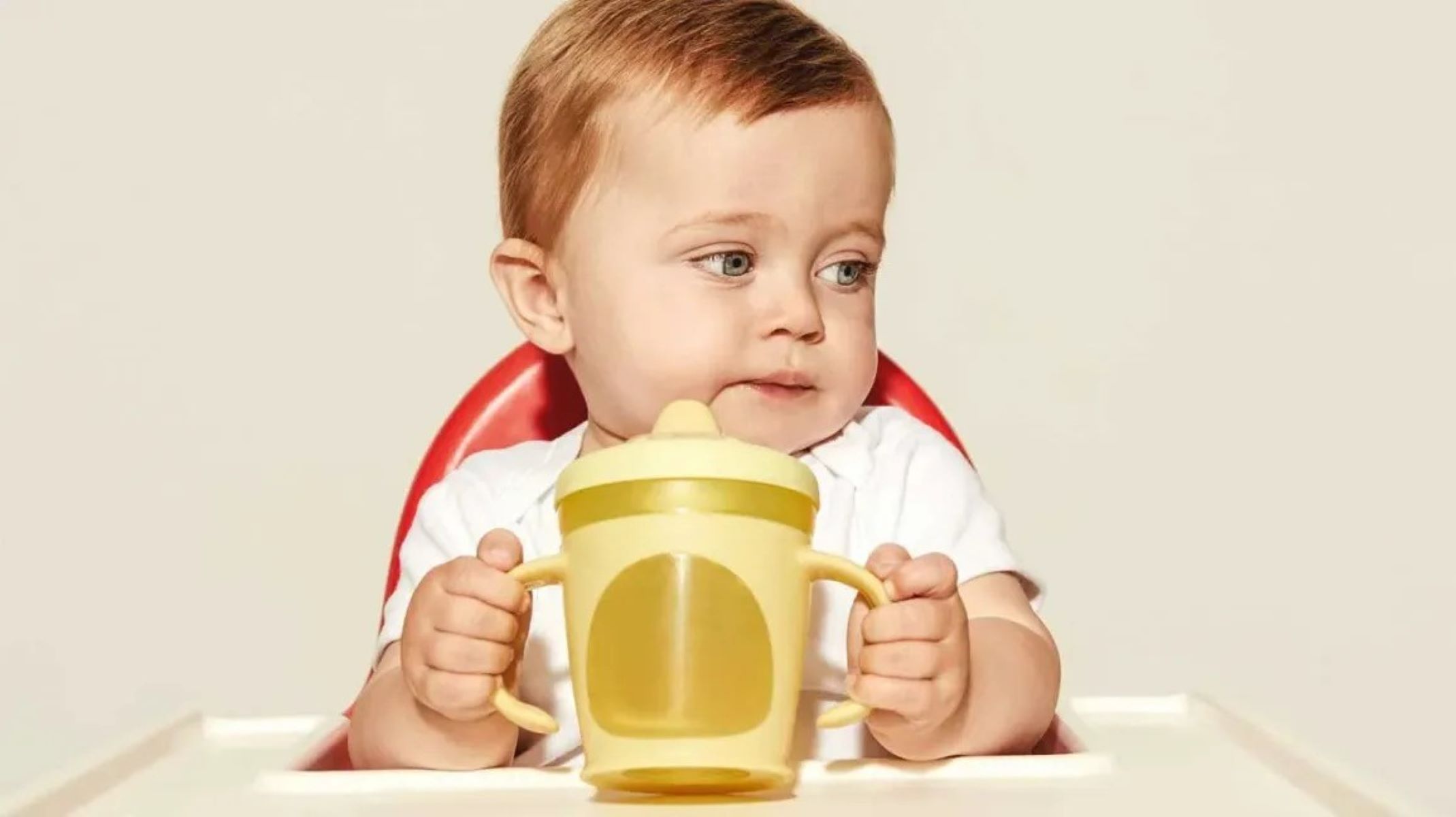

Child & Elderly Safety at Home
How To Teach A Baby To Use A Sippy Cup
Modified: August 17, 2024
Learn effective techniques for teaching your baby to use a sippy cup and ensure child and elderly safety at home with expert tips and advice.
(Many of the links in this article redirect to a specific reviewed product. Your purchase of these products through affiliate links helps to generate commission for Storables.com, at no extra cost. Learn more)
Introduction
Introducing a sippy cup to your baby is an important milestone in their development. It marks the transition from bottle or breastfeeding to independent drinking, fostering essential motor skills and self-sufficiency. As a parent or caregiver, guiding your little one through this process can be both exciting and challenging. However, with the right approach and a sprinkle of patience, you can help your baby embrace this new experience with confidence.
The journey of teaching a baby to use a sippy cup is not just about the practicality of drinking from a new vessel; it's a significant step towards their growth and development. By introducing a sippy cup at the appropriate time, you are laying the foundation for healthy drinking habits and promoting oral motor skills. This transition also paves the way for weaning from the bottle, which is an important developmental milestone for your baby.
In this comprehensive guide, we will explore the essential steps and strategies for introducing and teaching your baby to use a sippy cup. From selecting the right sippy cup to encouraging and supporting your baby through the process, we will cover everything you need to know to make this transition smooth and successful. Additionally, we will provide valuable tips and insights to help you navigate any challenges that may arise along the way.
As we delve into this journey, it's important to remember that every baby is unique, and their readiness to transition to a sippy cup may vary. Some babies may eagerly embrace the change, while others may take more time to adjust. Understanding your baby's cues and being attuned to their individual needs will be crucial in this process. With a blend of patience, encouragement, and a dash of creativity, you can guide your baby through this exciting phase of development, setting the stage for a smooth and successful transition to using a sippy cup.
Key Takeaways:
- Introducing a sippy cup to your baby is a fun and important step towards independent drinking, promoting motor skills and healthy habits. With patience and encouragement, you can guide your baby through this exciting milestone.
- Choosing the right sippy cup and gently introducing it to your baby can set the stage for a smooth transition from bottle or breastfeeding. Celebrate each step and provide responsive support to nurture your baby’s confidence and independence.
Choosing the Right Sippy Cup
Selecting the right sippy cup for your baby is a crucial first step in the journey of transitioning from bottle or breastfeeding to independent drinking. With a myriad of options available in the market, it's essential to consider several factors to ensure that the chosen sippy cup is safe, functional, and suitable for your baby's developmental stage.
Material and Safety
When choosing a sippy cup, prioritize materials that are safe and free from harmful chemicals. Opt for BPA-free, phthalate-free, and non-toxic cups to safeguard your baby's health. Look for cups made from durable materials such as silicone, stainless steel, or food-grade plastic, ensuring that they are easy to clean and maintain.
Spout Type
The spout of the sippy cup plays a significant role in your baby's comfort and ease of drinking. For younger babies who are just starting out, soft silicone spouts are gentle on their gums and emerging teeth. As your baby grows and becomes more adept at drinking from a sippy cup, you can consider transitioning to harder spouts or straws, promoting oral motor development and coordination.
Size and Weight
Consider the size and weight of the sippy cup, keeping in mind your baby's ability to hold and maneuver it. Opt for lightweight cups with handles that are easy for your baby to grasp, promoting independence and confidence during drinking. Additionally, choose a size that is appropriate for your baby's age and developmental stage, ensuring that the cup is neither too large nor too small for comfortable use.
Read more: How To Use A Nuby Sippy Cup
Leak-Proof Design
Look for sippy cups with leak-proof or spill-proof features to minimize mess and spills during your baby's learning process. Cups with built-in valves or silicone seals help prevent liquid from spilling out, allowing your baby to practice drinking without causing significant messes.
Ease of Cleaning
Prioritize sippy cups that are easy to disassemble and clean, as hygiene is paramount in your baby's feeding routine. Dishwasher-safe cups or those with minimal parts and crevices simplify the cleaning process, ensuring that the cup remains sanitary for each use.
By considering these essential factors, you can make an informed decision when choosing the right sippy cup for your baby, setting the stage for a smooth and successful transition to independent drinking. Remember that every baby is unique, so observing your baby's preferences and comfort with the chosen sippy cup is key to ensuring a positive and enjoyable drinking experience.
Introducing the Sippy Cup to Your Baby
Introducing a sippy cup to your baby is an exciting and pivotal moment in their journey towards independent drinking. The initial introduction of the sippy cup should be approached with patience and a nurturing attitude, creating a positive and engaging experience for your little one. Here's a detailed guide on how to introduce the sippy cup to your baby, fostering a smooth and successful transition.
Timing and Environment
Choose a calm and relaxed time to introduce the sippy cup to your baby. Avoid moments when your baby is overly hungry or tired, as they may be less receptive to trying something new. Creating a comfortable and inviting environment for this introduction can significantly impact your baby's willingness to explore the sippy cup.
Read more: How To Use Tommee Tippee Sippy Cup
Familiarization and Play
Before offering the sippy cup to your baby, allow them to familiarize themselves with it through play. Let your baby handle the cup, explore its texture, and become accustomed to its presence. This playful interaction can help alleviate any apprehension and create a sense of curiosity about the new object.
Modeling and Encouragement
Demonstrate the use of the sippy cup to your baby by taking sips from it yourself. Your baby is likely to imitate your actions, and seeing you drink from the sippy cup can pique their interest. Offer encouraging words and smiles to create a positive association with the sippy cup, fostering a sense of excitement and accomplishment.
Gradual Introduction of Liquids
When introducing the sippy cup, start with familiar liquids such as breast milk, formula, or water. Begin by filling the cup with a small amount of liquid to make it easier for your baby to manage. As your baby becomes more comfortable with the sippy cup, you can gradually increase the amount of liquid offered.
Patience and Observation
Be patient and observant during this process, allowing your baby to explore the sippy cup at their own pace. Some babies may take to it quickly, while others may require more time to adjust. Pay attention to your baby's cues and reactions, respecting their comfort level and readiness to engage with the sippy cup.
Read more: What Is A Sippy Cup?
Consistency and Positive Reinforcement
Consistency is key in introducing the sippy cup to your baby. Offer the sippy cup during regular feeding times, incorporating it into their daily routine. Celebrate small victories and progress, providing positive reinforcement through praise and affection each time your baby engages with the sippy cup.
By approaching the introduction of the sippy cup with patience, encouragement, and a nurturing demeanor, you can create a supportive environment for your baby to explore and embrace this new experience. Remember that every baby is unique, and the journey of introducing the sippy cup may unfold at different paces. With your guidance and support, your baby will gradually become more comfortable and confident in using the sippy cup, marking an important milestone in their developmental journey.
Encouraging Your Baby to Use the Sippy Cup
Encouraging your baby to use a sippy cup is a gentle and supportive process that requires patience, positive reinforcement, and a nurturing approach. As your baby becomes familiar with the sippy cup, it's essential to provide encouragement and guidance to help them develop confidence and proficiency in using this new drinking tool.
Responsive Support
Offer responsive support as your baby explores the sippy cup. Hold the cup steady for them initially, allowing them to grasp the handles and bring it to their mouth. As they become more adept, gradually encourage them to hold the cup independently, providing gentle assistance when needed. This responsive support fosters a sense of security and autonomy, empowering your baby to engage with the sippy cup at their own pace.
Celebrate Attempts and Progress
Celebrate your baby's attempts to use the sippy cup, regardless of the outcome. Whether they take small sips, playfully explore the cup, or simply hold it in their hands, acknowledge their efforts with enthusiasm and praise. Positive reinforcement creates a nurturing environment and reinforces the idea that using the sippy cup is a positive and rewarding experience.
Read more: How Old For A Sippy Cup?
Offer Variety and Choice
Introduce a variety of beverages in the sippy cup to pique your baby's interest. While water is an excellent choice for regular use, offering small amounts of expressed breast milk or formula can add familiarity and comfort during the transition. Additionally, allowing your baby to choose the sippy cup they want to use from a selection of safe options can instill a sense of independence and involvement in the process.
Role Modeling
Demonstrate the use of the sippy cup by drinking from it in front of your baby. Your actions serve as a powerful model for your baby, showcasing the purpose and functionality of the sippy cup. Seeing you engage with the cup can inspire and motivate your baby to imitate your behavior, fostering a sense of connection and shared experience.
Patience and Flexibility
Exercise patience and flexibility as your baby navigates the learning curve of using a sippy cup. Some babies may take to it quickly, while others may require more time and encouragement. Embrace each step of the journey with understanding and adaptability, allowing your baby to progress at their own pace without pressure or rush.
Consistent Encouragement
Consistently encourage your baby to use the sippy cup during mealtimes and snack times. Integrating the sippy cup into their daily routine reinforces its significance and normalizes its use. By providing consistent encouragement, you create a supportive and predictable environment that nurtures your baby's confidence and familiarity with the sippy cup.
By implementing these strategies, you can effectively encourage your baby to embrace the sippy cup as a natural and enjoyable part of their developmental journey. Your supportive and nurturing approach will empower your baby to develop essential drinking skills and independence, laying the groundwork for a seamless transition from bottle or breastfeeding to using a sippy cup.
Read more: When To Start Straw Sippy Cup
Transitioning from Bottle to Sippy Cup
Transitioning from bottle to sippy cup is a significant milestone in your baby's development, marking a pivotal shift towards independent drinking. This transition is not only a practical step in your baby's feeding journey but also a crucial stage in promoting oral motor skills and self-sufficiency. As you navigate this transition, it's essential to approach it with patience, understanding, and a nurturing attitude, ensuring that your baby feels supported and empowered throughout the process.
The transition from bottle to sippy cup can be a gradual and gentle process, tailored to your baby's unique needs and readiness. Here are essential steps to facilitate a smooth and successful transition:
Gradual Introduction
Introduce the sippy cup gradually, incorporating it into your baby's daily routine alongside their regular bottle or breastfeeding sessions. Begin by offering the sippy cup during one feeding time, allowing your baby to become familiar with its presence and purpose. As your baby grows more accustomed to the sippy cup, gradually expand its use to additional feeding times, creating a seamless transition from bottle to cup.
Comfort and Familiarity
Ensure that your baby feels comfortable and secure during the transition. Offer the sippy cup in a calm and nurturing environment, providing reassurance and support as they explore this new drinking tool. Encourage your baby to hold and interact with the sippy cup, fostering a sense of familiarity and ownership.
Consistency and Routine
Establish a consistent routine for introducing the sippy cup, integrating it into your baby's daily feeding schedule. Consistency plays a vital role in helping your baby adapt to the sippy cup and understand its role in their feeding routine. By offering the sippy cup at predictable times, your baby can gradually embrace it as a natural part of their feeding experience.
Read more: Which Sippy Cup Is Best For Teeth?
Gradual Reduction of Bottle Feeds
As your baby becomes more adept at using the sippy cup, consider gradually reducing the frequency of bottle feeds. Begin by replacing one bottle feeding session with the sippy cup, allowing your baby to adjust to the new method of drinking. Over time, continue to substitute additional bottle feeds with the sippy cup, supporting your baby's transition towards independent drinking.
Patience and Encouragement
Exercise patience and provide gentle encouragement as your baby navigates this transition. Some babies may readily embrace the sippy cup, while others may take more time to adjust. Offer words of encouragement, smiles, and positive reinforcement to create a supportive atmosphere that nurtures your baby's confidence and progress.
By implementing these strategies, you can guide your baby through a seamless and positive transition from bottle to sippy cup. This process not only fosters essential drinking skills but also lays the foundation for healthy habits and independence in your baby's feeding journey. Remember that every baby progresses at their own pace, so approach this transition with flexibility and understanding, celebrating each step towards successful independent drinking.
Tips for Success
Successfully introducing and teaching your baby to use a sippy cup involves a combination of patience, creativity, and attentive support. Here are essential tips to ensure a smooth and positive transition:
-
Be Patient and Flexible: Every baby has a unique pace of development. Embrace each step of the sippy cup journey with patience and flexibility, allowing your baby to explore and adapt at their own rhythm.
-
Create a Positive Environment: Establish a nurturing and encouraging atmosphere when introducing the sippy cup. Your baby's comfort and receptiveness are influenced by the environment, so ensure that the introduction is met with positivity and support.
-
Offer Choices: Present your baby with a selection of safe and suitable sippy cups, allowing them to choose the one that captures their interest. Providing choices fosters a sense of independence and involvement in the transition process.
-
Model Sippy Cup Use: Demonstrate the use of the sippy cup by drinking from it in front of your baby. Your actions serve as a powerful model, inspiring and motivating your baby to engage with the cup.
-
Celebrate Progress: Acknowledge and celebrate every attempt and milestone in using the sippy cup. Positive reinforcement reinforces the idea that using the sippy cup is a positive and rewarding experience.
-
Consistency is Key: Integrate the sippy cup into your baby's daily routine, offering it during regular feeding times. Consistency helps normalize the use of the sippy cup and reinforces its significance in your baby's developmental journey.
-
Responsive Support: Provide responsive support as your baby explores the sippy cup, allowing them to gradually gain confidence and independence in using it.
-
Gradual Transition: Approach the transition from bottle to sippy cup gradually, allowing your baby to become familiar with the new drinking method at their own pace.
By incorporating these tips into your approach, you can navigate the journey of introducing and teaching your baby to use a sippy cup with confidence and success. Remember that each baby's experience is unique, and your attentive guidance will play a pivotal role in their developmental milestones.
Conclusion
In conclusion, the journey of teaching a baby to use a sippy cup is a significant and rewarding experience that encompasses essential developmental milestones. From selecting the right sippy cup to introducing and encouraging your baby to embrace this new drinking tool, each step plays a crucial role in fostering independence, motor skills, and healthy drinking habits. As you guide your baby through this transition, it's important to approach the process with patience, creativity, and a nurturing attitude, recognizing and celebrating the unique pace at which each baby progresses.
The selection of the right sippy cup sets the stage for a smooth and successful transition. Prioritizing safety, functionality, and comfort ensures that your baby can engage with the sippy cup confidently, laying the groundwork for a positive drinking experience. Introducing the sippy cup to your baby in a supportive and encouraging manner fosters a sense of curiosity and excitement, creating a foundation for them to explore and embrace this new developmental milestone.
Encouraging your baby to use the sippy cup involves responsive support, positive reinforcement, and the gentle nurturing of essential drinking skills. By providing a consistent and supportive environment, you empower your baby to develop confidence and independence in using the sippy cup, marking a significant step towards weaning from the bottle or breastfeeding.
The transition from bottle to sippy cup represents a pivotal moment in your baby's journey towards independent drinking. Embracing this transition with patience, understanding, and flexibility allows your baby to navigate this milestone at their own pace, fostering a sense of accomplishment and self-sufficiency. By incorporating essential tips and strategies, you can ensure a smooth and positive transition, setting the stage for healthy drinking habits and developmental progress.
As you embark on this journey with your baby, remember that every step, attempt, and milestone in using the sippy cup is a cause for celebration. Your attentive guidance and nurturing approach play a fundamental role in shaping your baby's experiences and fostering essential skills. Embracing the uniqueness of your baby's developmental journey and providing unwavering support will pave the way for a seamless and successful transition to using a sippy cup, marking an important milestone in their growth and independence.
Frequently Asked Questions about How To Teach A Baby To Use A Sippy Cup
Was this page helpful?
At Storables.com, we guarantee accurate and reliable information. Our content, validated by Expert Board Contributors, is crafted following stringent Editorial Policies. We're committed to providing you with well-researched, expert-backed insights for all your informational needs.
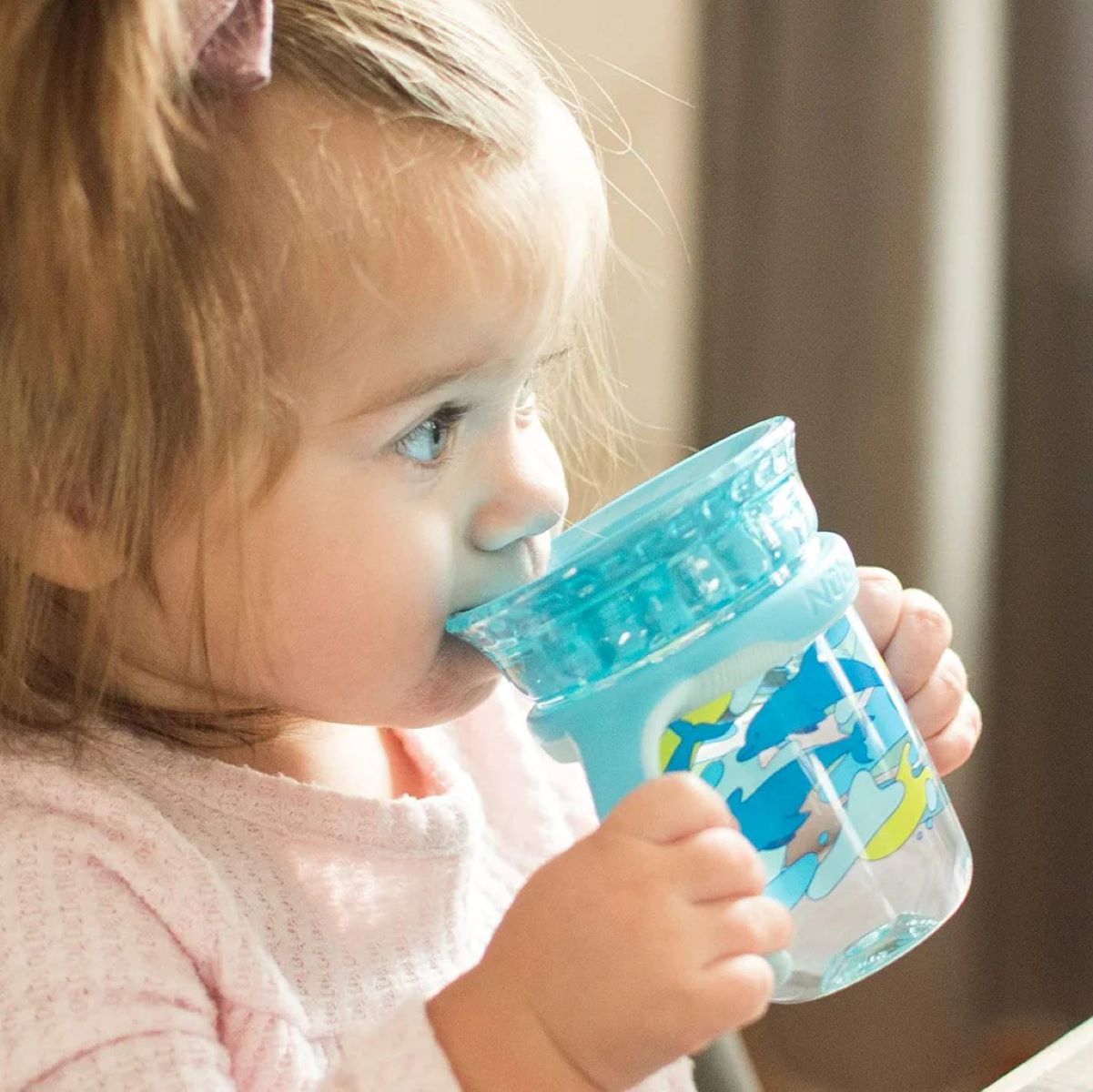
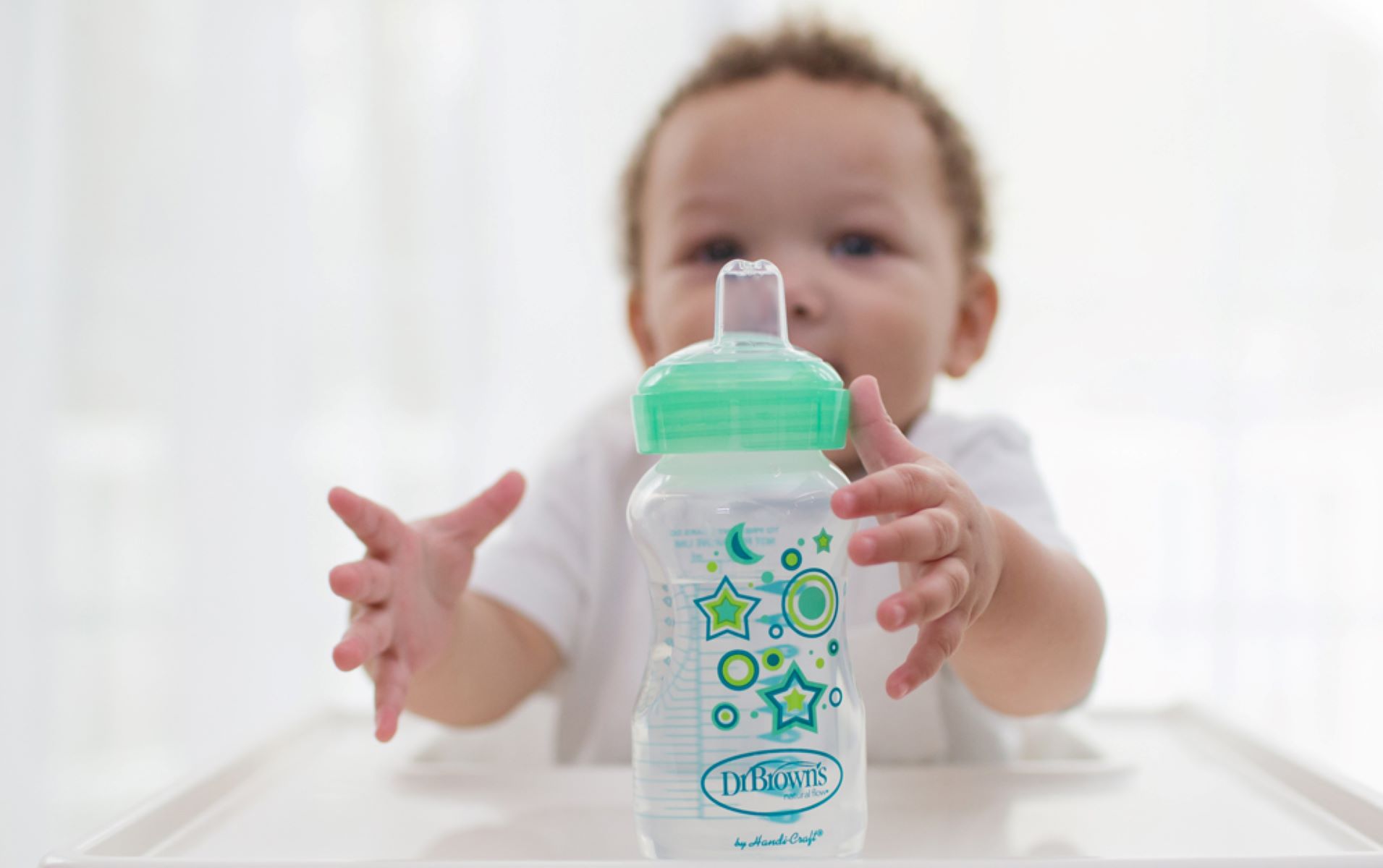
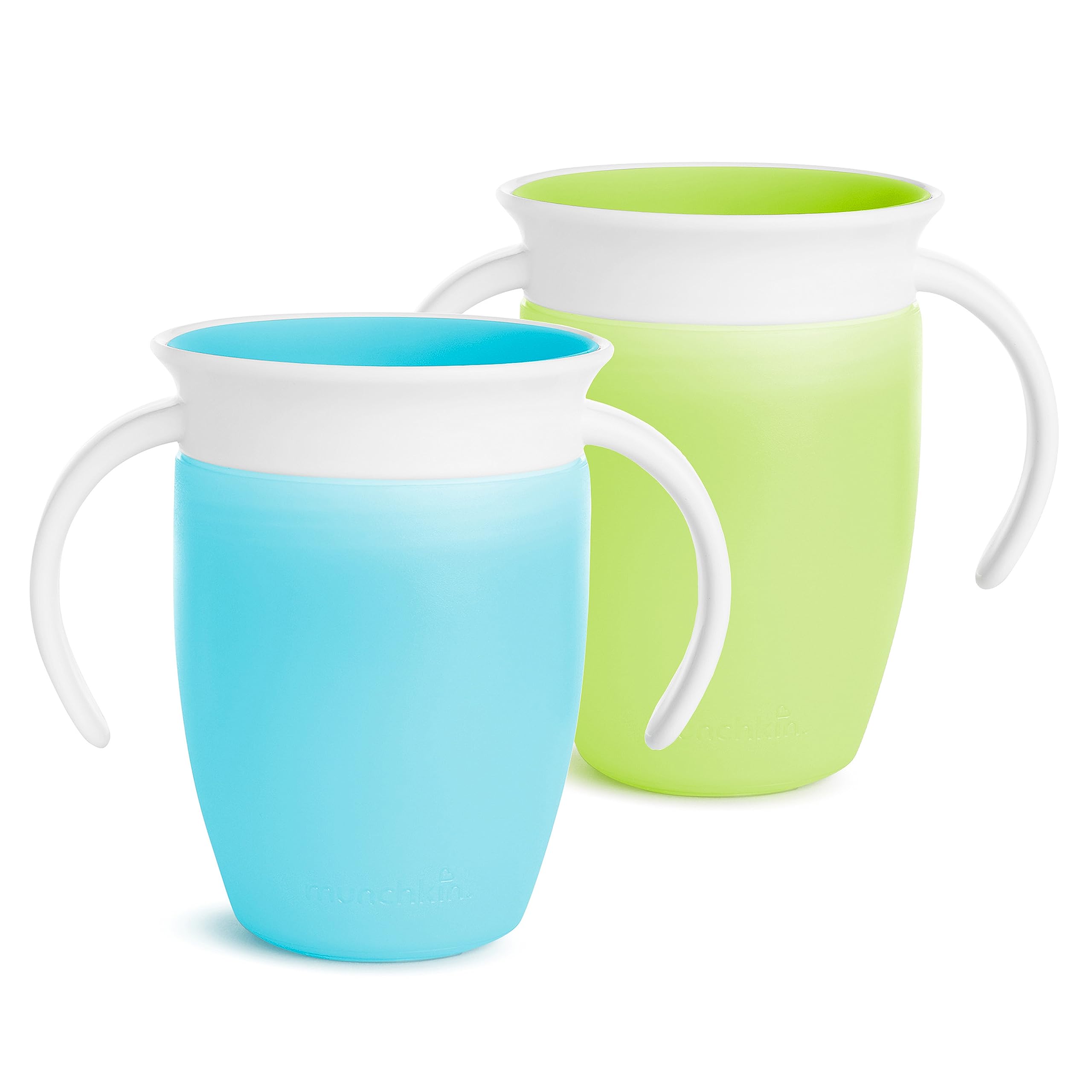
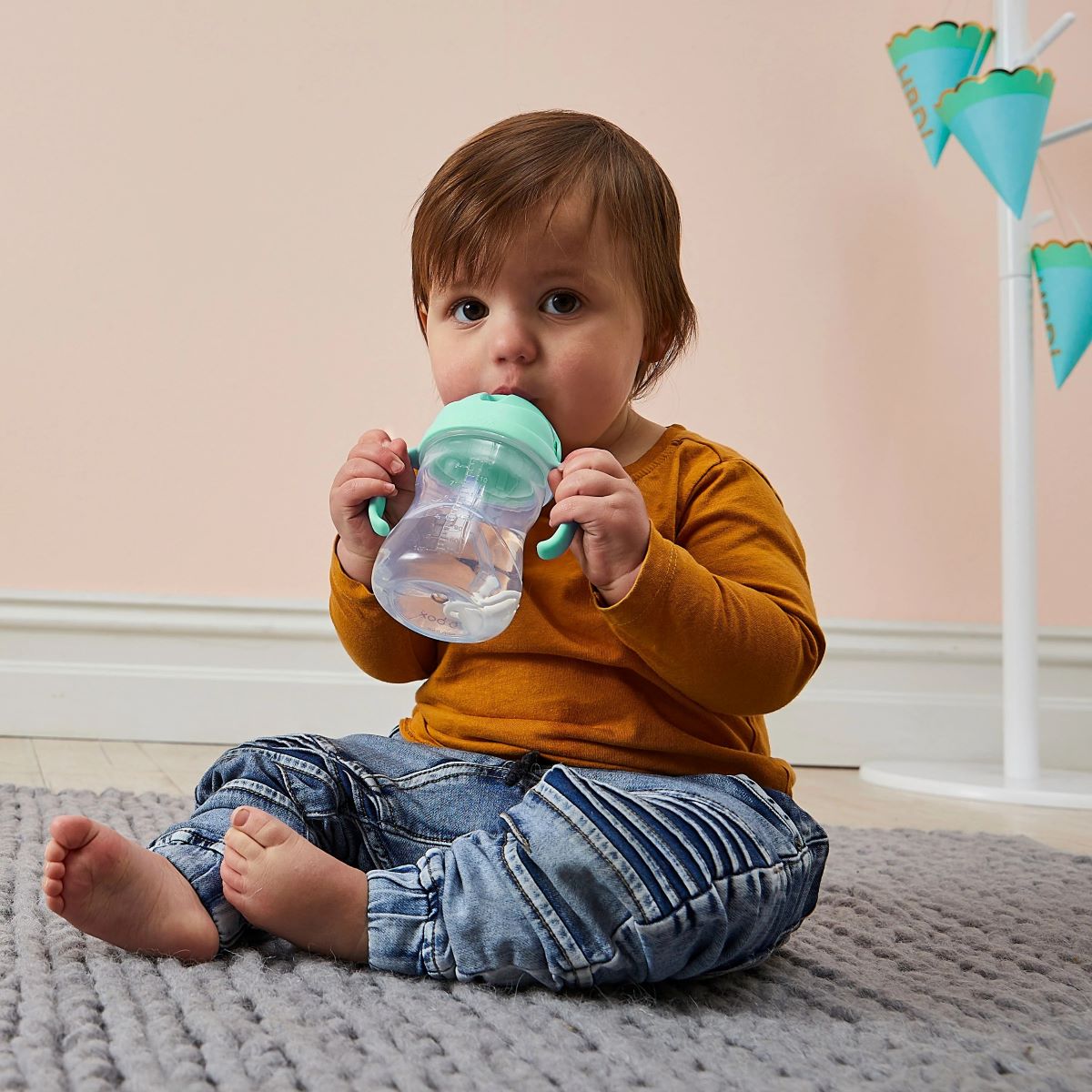
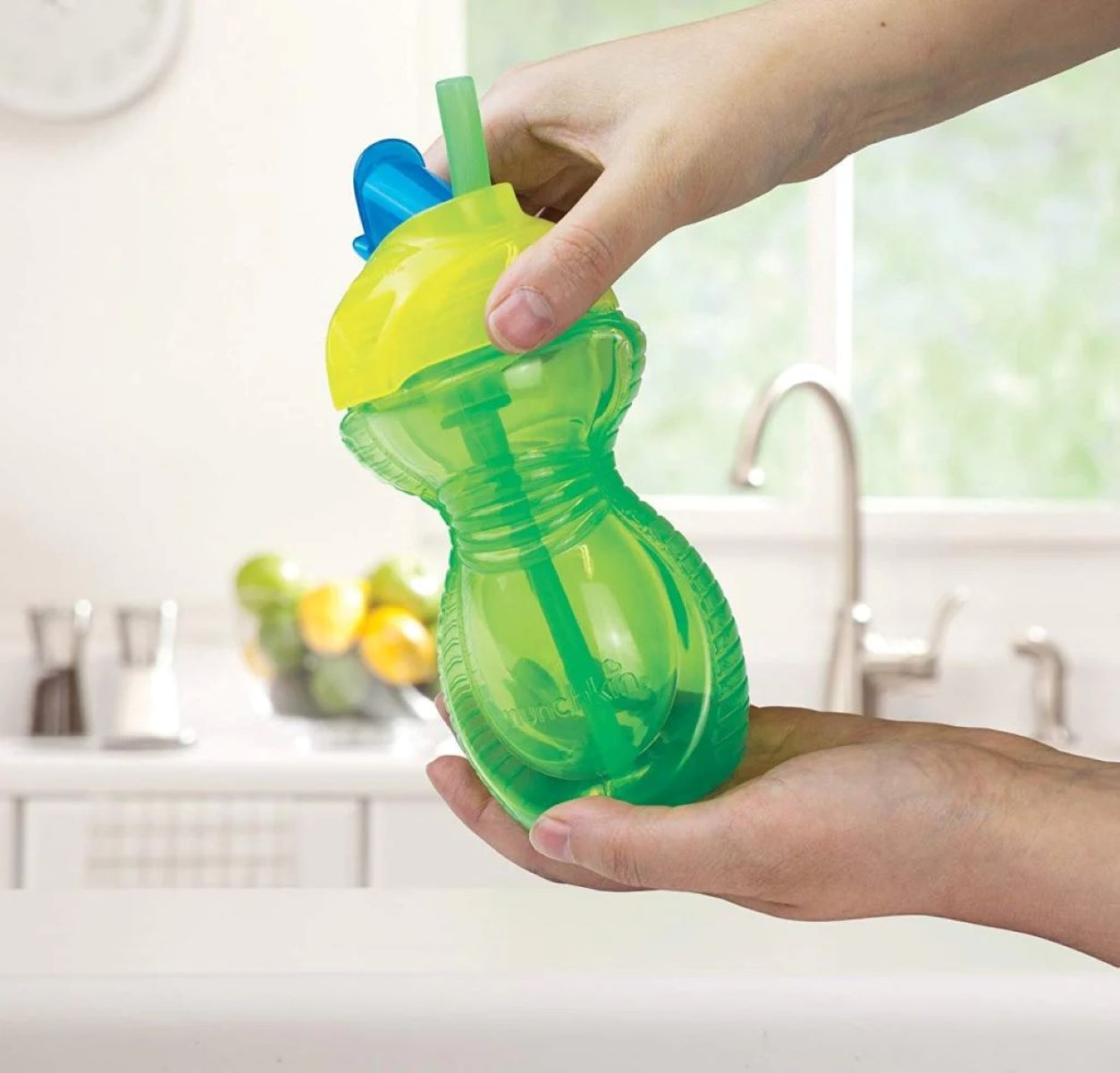
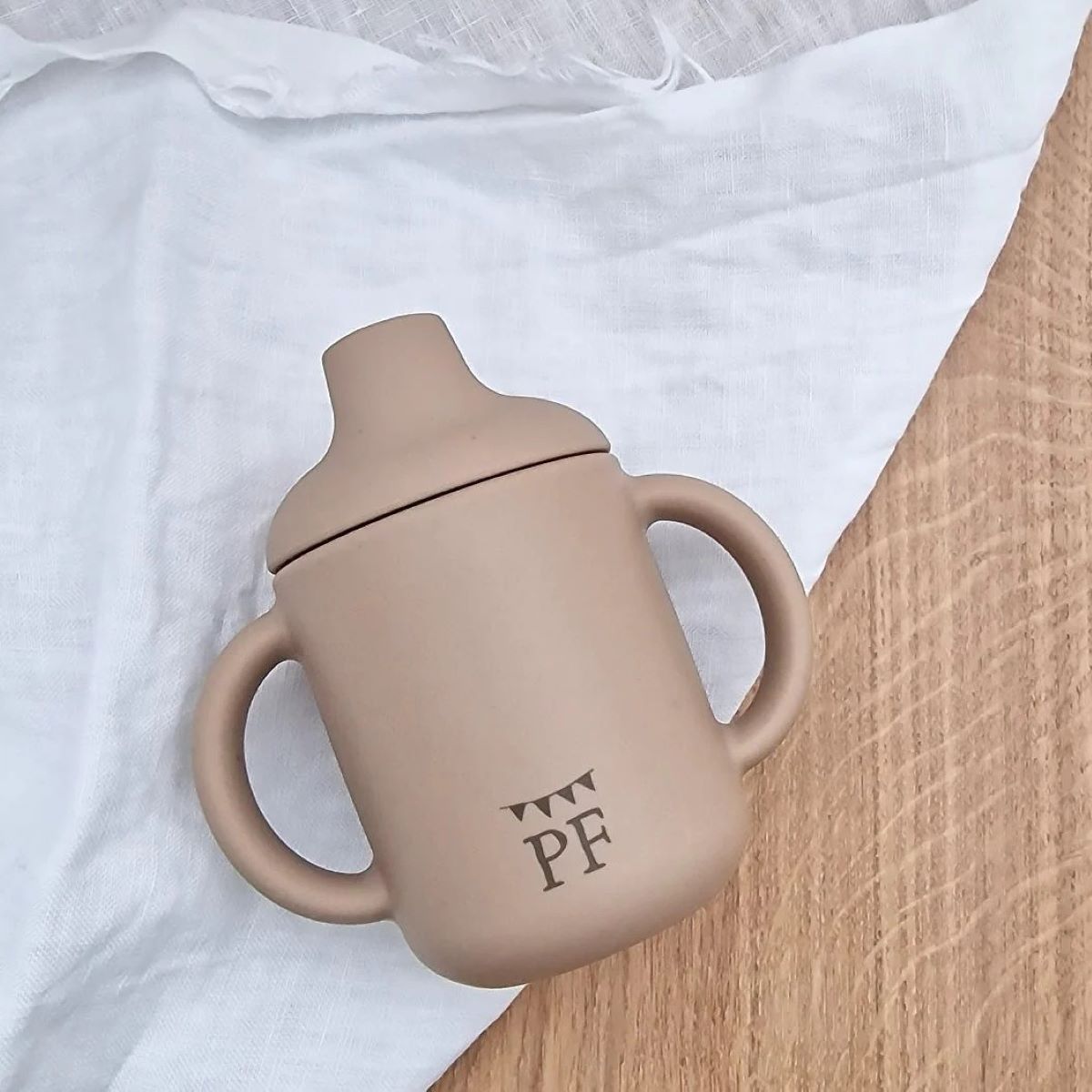
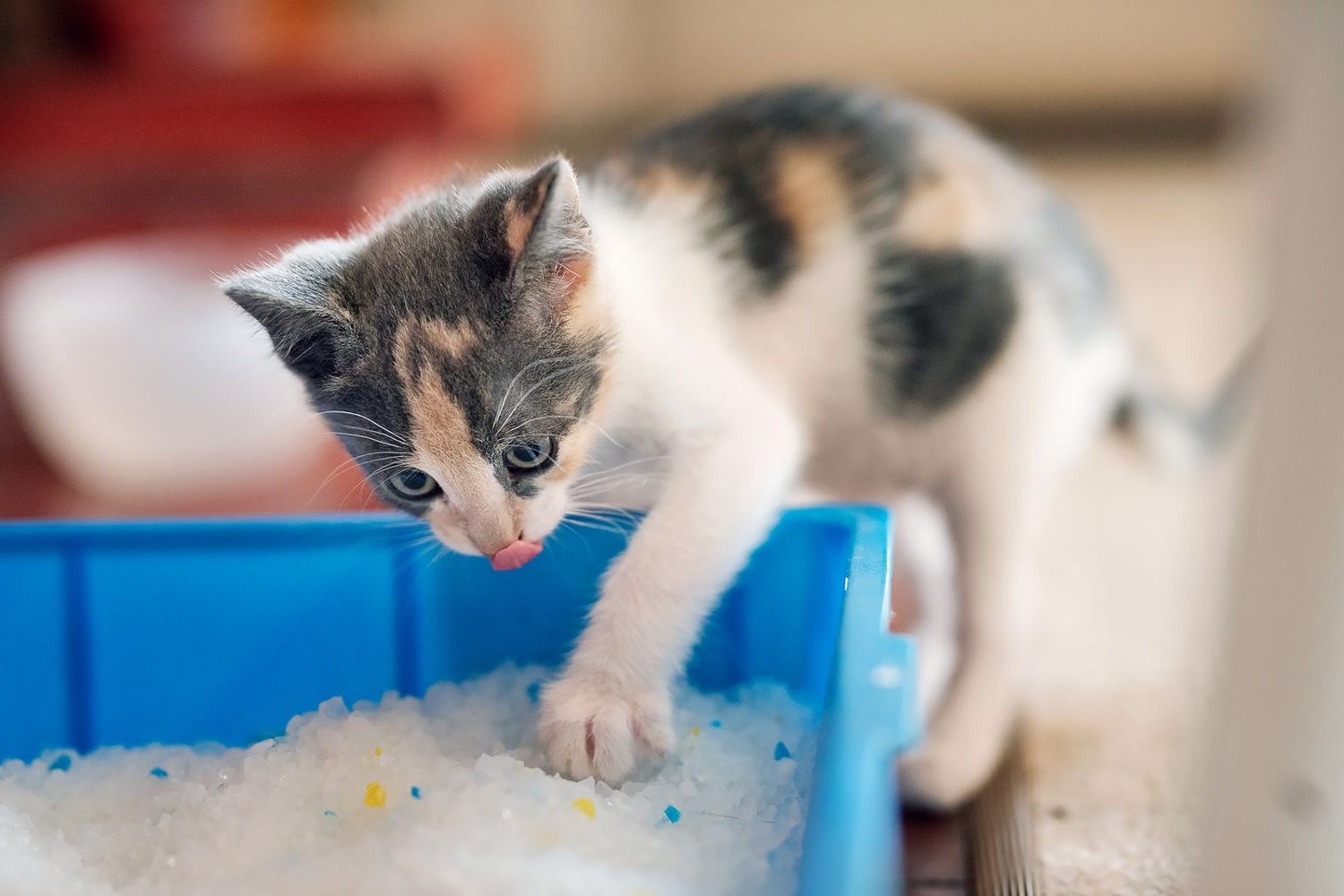
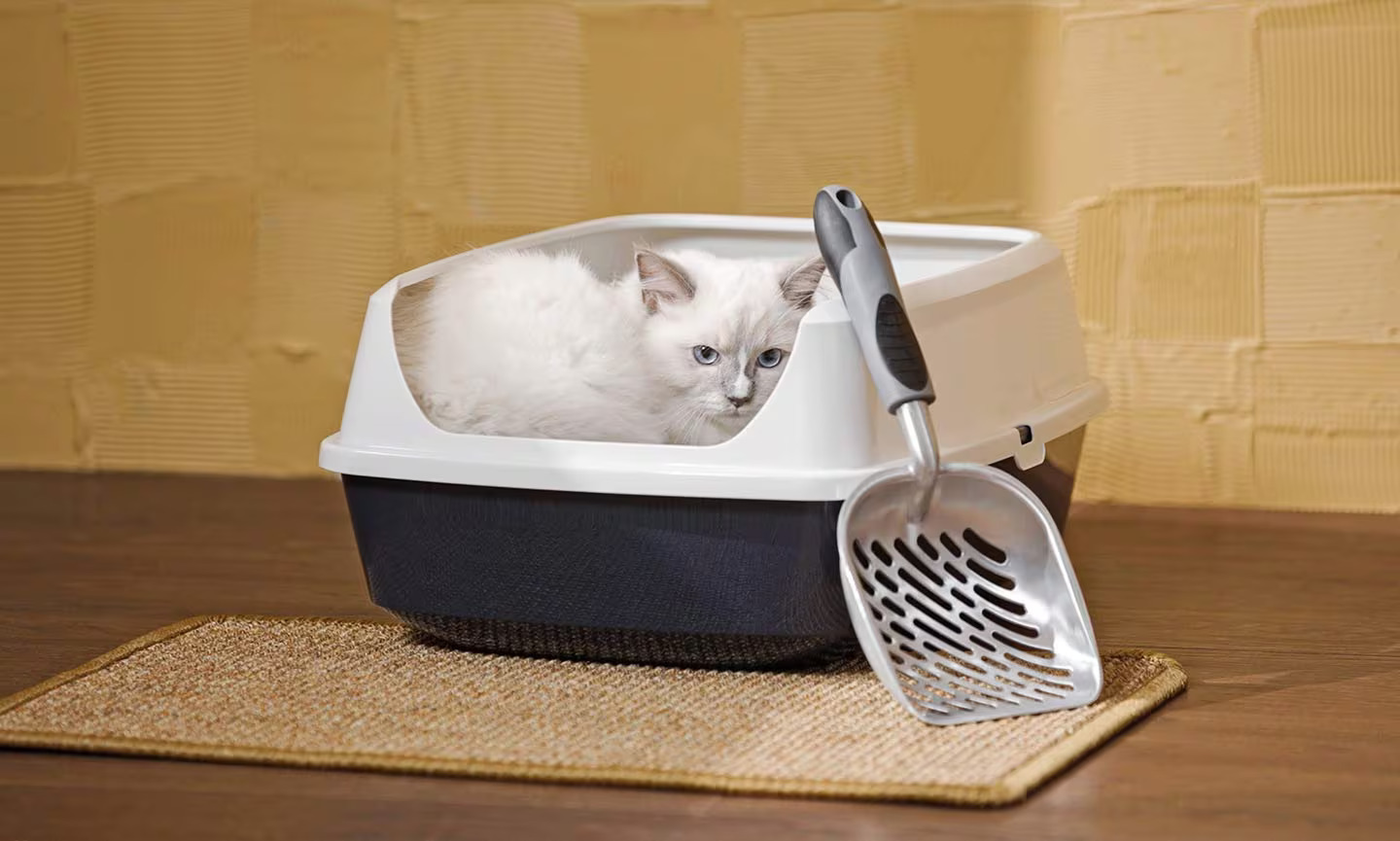
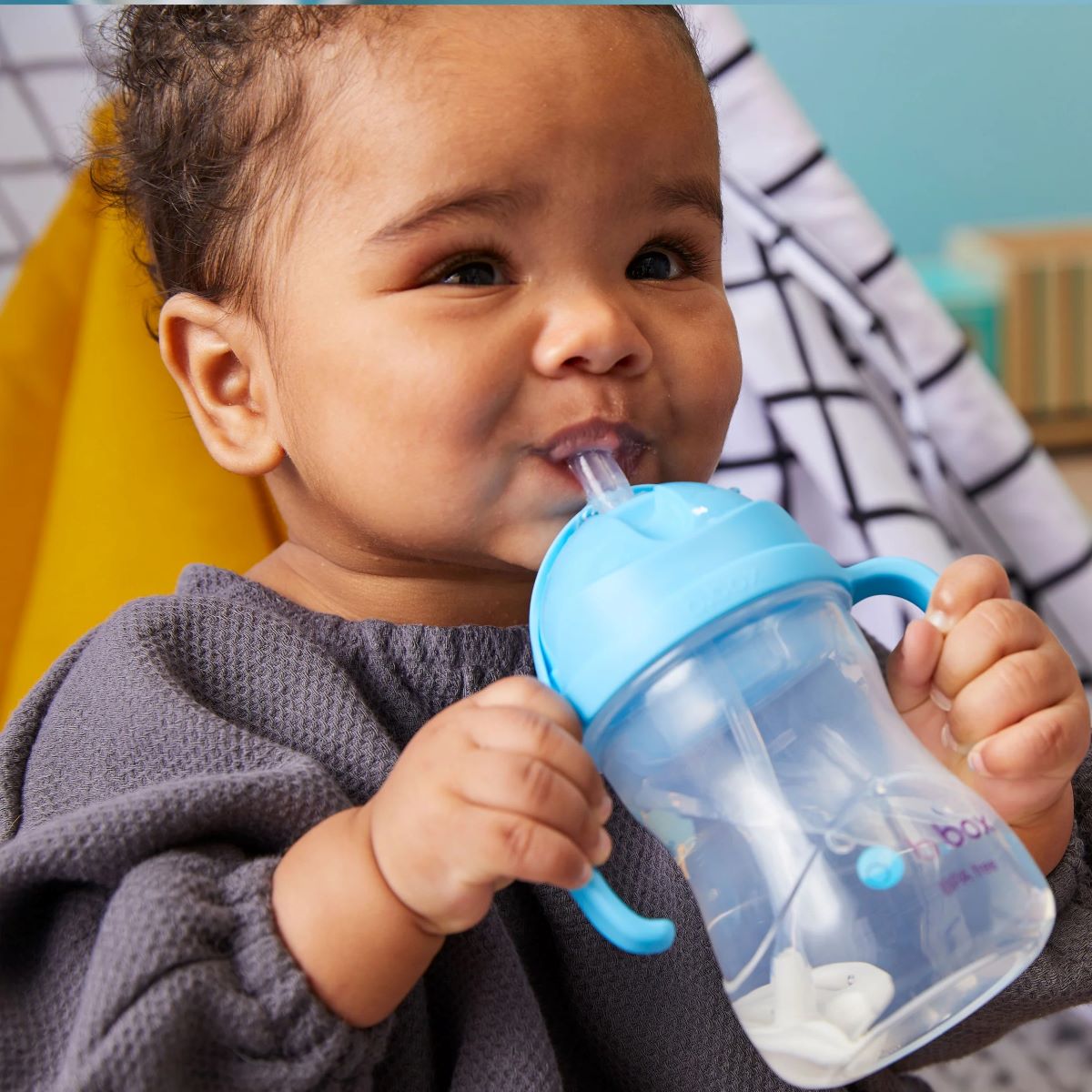

0 thoughts on “How To Teach A Baby To Use A Sippy Cup”